Disclosure: This article contains affiliate links. We may earn a commission from purchases at no extra cost to you, which helps our travel content.
Standing at Thorong La Pass at 5,416 meters, watching prayer flags snap in the wind against a backdrop of snow-capped Himalayan peaks, I couldn't help but reflect on how my journey through the Annapurna Circuit mirrored my life's path—challenging, transformative, and unexpectedly beautiful. As a dentist whose curiosity extends beyond oral health to cultural preservation, this 2-week trek through diverse microclimates and ancient villages offered precisely the immersion I seek in my travels. The circuit isn't merely a physical challenge; it's a living museum of Nepali and Tibetan traditions that have survived for centuries in these remote mountain communities.
Planning Your Annapurna Adventure: Essential Preparations
My approach to the Annapurna Circuit began months before setting foot in Nepal, with careful consideration of both physical conditioning and cultural understanding. As someone who regularly explores cultural contexts professionally, I recognized that this trek demands respect for both the environment and local traditions.
First, establish a solid fitness foundation. While my regular swimming routine in Busan provided cardiovascular endurance, I added targeted hill training three months before departure. The circuit's 160-230km length with significant elevation changes demands preparation—particularly for the challenging ascent to Thorong La Pass.
Second, secure the necessary permits. You'll need the Annapurna Conservation Area Permit (ACAP) and the Trekkers' Information Management System (TIMS) card, both available in Kathmandu or Pokhara. I found the process straightforward at the Nepal Tourism Board office in Kathmandu, where staff provided valuable updates on trail conditions.
Finally, consider your trekking style. While I initially planned to trek independently, I ultimately hired a guide through Nepal Hiking Team. My guide Pemba's knowledge of local customs and obscure trail variations proved invaluable, particularly when we diverted to witness a traditional Gurung harvest festival that tourists rarely experience.
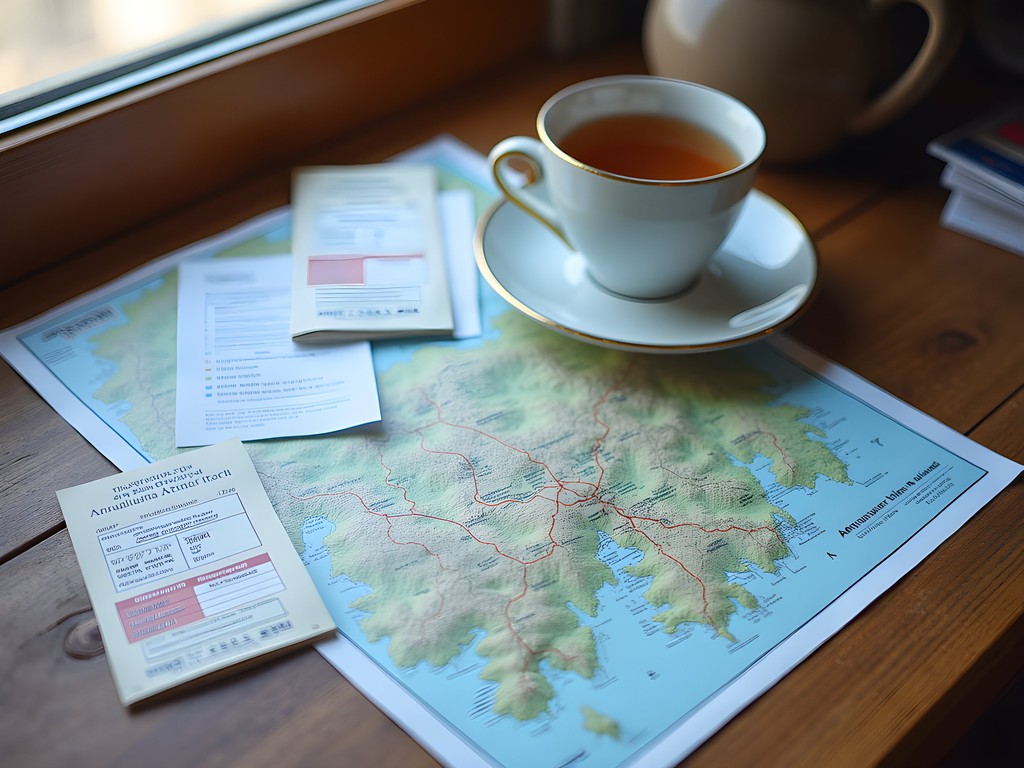
💡 Pro Tips
- Begin altitude-specific training at least 3 months before your trek
- Download the Annapurna Circuit trail map on Maps.me for offline navigation
- Schedule 2-3 rest/acclimatization days in your itinerary to reduce altitude sickness risk
Essential Gear: Packing Strategically for Diverse Microclimates
The Annapurna Circuit presents a unique packing challenge: you'll trek through tropical lowlands, dense forests, alpine terrain, and arid high-desert landscapes—all within a single journey. My dental practice has taught me the value of precision and preparedness, qualities equally valuable when assembling trekking gear.
Layering is your fundamental strategy. Begin with moisture-wicking base layers—I relied heavily on my merino wool shirts which remarkably remained odor-free even after multiple days of strenuous hiking. For mid-layers, I packed a lightweight fleece and a packable down jacket that compressed remarkably small yet provided essential warmth at higher elevations.
Footwear deserves special attention. After researching extensively, I invested in waterproof hiking boots with ankle support, which proved invaluable on the rocky descent from Thorong La Pass. Break these in thoroughly before your trek—I logged at least 50 miles in mine before Nepal.
Water purification is non-negotiable. Rather than contributing to plastic waste by purchasing bottled water, I brought a water filter bottle that eliminated viruses, bacteria, and protozoa while removing particulates. This single item saved me from buying roughly 100 plastic bottles throughout the trek.
Finally, don't underestimate the importance of sun protection at high altitudes. The UV exposure is intense, and as someone who regularly examines the effects of environmental factors on oral health, I was meticulous about applying high-SPF sunscreen to prevent both sunburn and potential cold-weather chapping that can exacerbate oral issues.
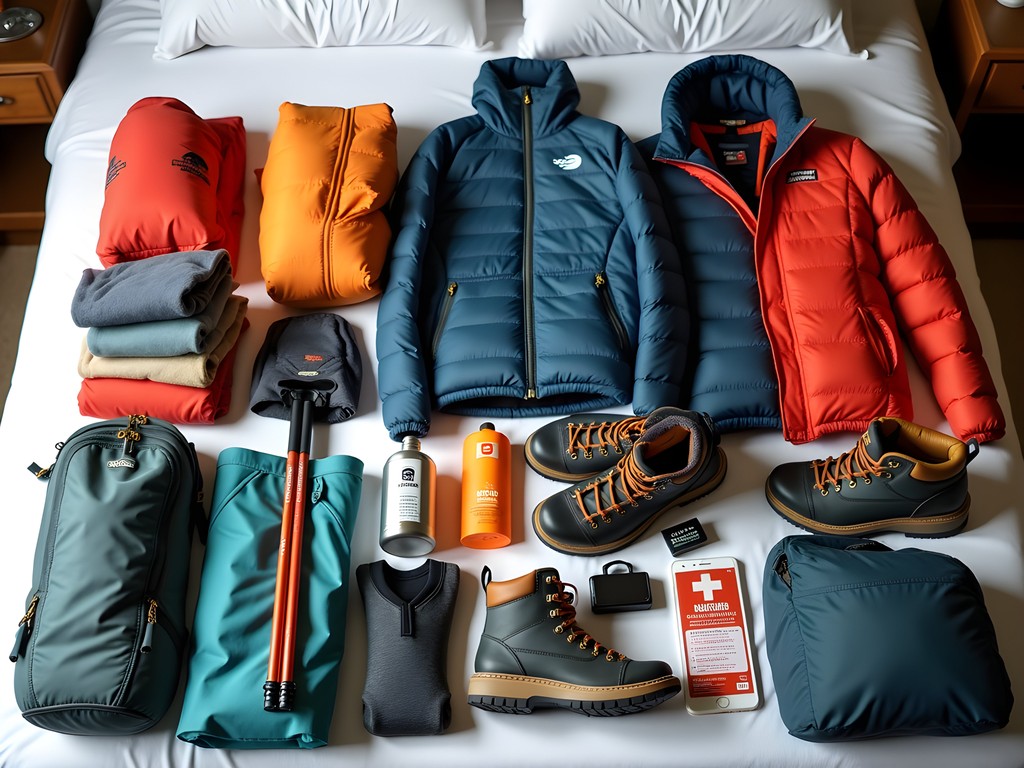
💡 Pro Tips
- Pack microfiber towels that dry quickly in guest houses with limited heating
- Bring a sleeping bag liner for added warmth and hygiene in teahouse accommodations
- Include moleskin and athletic tape for blister prevention and treatment
Cultural Immersion: Connecting with Local Communities
The Annapurna Circuit's greatest treasure isn't its stunning landscapes but the cultural tapestry woven by its diverse communities. As someone who studies cultural practices through the lens of health traditions, I found the circuit's villages to be living repositories of ancient wisdom.
In lower elevations, Hindu influences predominate, while upper regions reveal strong Tibetan Buddhist traditions. This transition is visible not just in religious structures but in everyday practices, from food preservation techniques to dental care customs. I was particularly fascinated by the traditional use of neem twigs as natural toothbrushes in lower villages—a practice I've observed across various Asian cultures that effectively maintains oral hygiene with locally available materials.
Make time for genuine cultural exchange by learning basic Nepali phrases. Simple greetings like "Namaste" and "Dhanyabad" (thank you) open doors to meaningful interactions. I carried a Nepali phrasebook that proved invaluable when communicating beyond the tourist script.
In Manang, I participated in a traditional tea ceremony after noticing an elderly woman preparing butter tea outside her home. My curiosity led to an invitation inside, where I learned about the village's ancient food fermentation practices—techniques that have sustained these communities through harsh winters for generations. The antimicrobial properties of these fermented foods have likely contributed to the surprisingly good dental health I observed among older villagers, despite limited access to modern dental care.
Respect local customs by dressing modestly, asking permission before photographing people, and removing shoes when entering homes and religious sites. These small gestures demonstrate cultural awareness that residents deeply appreciate.
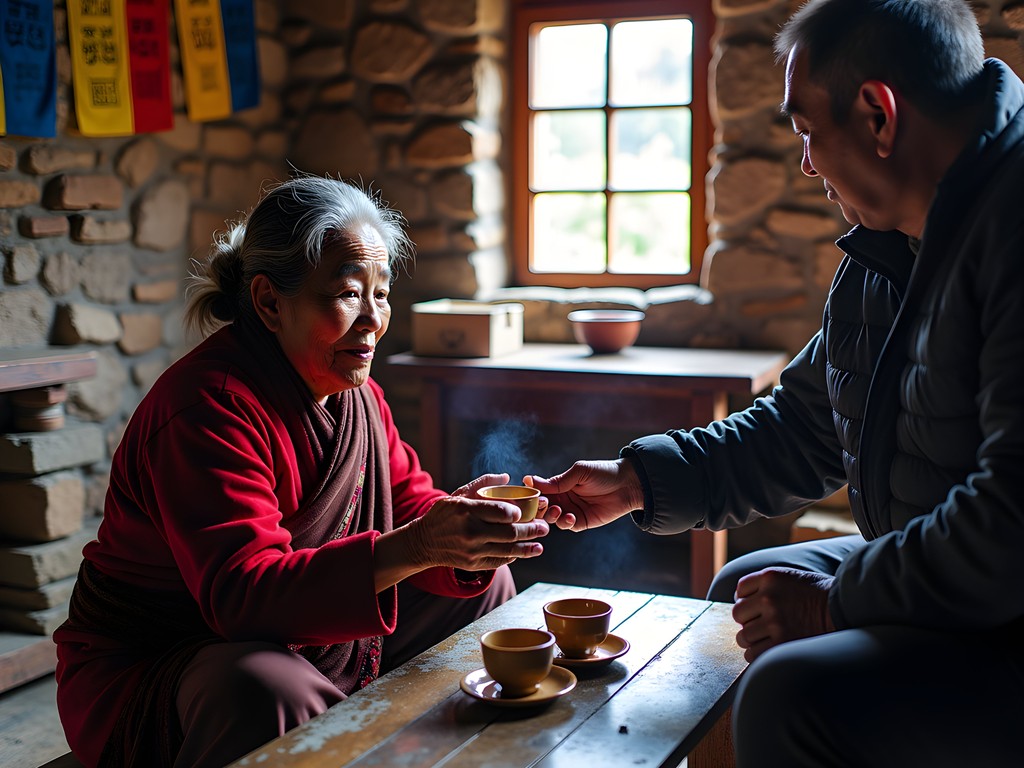
💡 Pro Tips
- Learn the traditional greeting 'Tashi Delek' for Buddhist regions of the circuit
- Participate in a teahouse kitchen to learn traditional cooking techniques
- Visit local schools along the route—many welcome respectful visitors and appreciate small donations of school supplies
Navigating Altitude Challenges: Acclimatization Strategies
As a healthcare professional, I approach altitude acclimatization with scientific precision. The Annapurna Circuit's dramatic elevation changes—from 800m to 5,416m—demand respect and careful planning to prevent altitude sickness, which can derail even the most physically fit trekkers.
The golden rule of high-altitude trekking is simple: ascend slowly. My itinerary incorporated the principle of "climb high, sleep low" with deliberate acclimatization days. In Manang (3,519m), I spent two nights, using the rest day to hike to Ice Lake (4,600m) before returning to sleep at lower elevation. This strategy helps your body adjust to higher altitudes while recovering at more comfortable elevations.
Hydration plays a crucial role in acclimatization. I aimed for at least 3-4 liters daily, using my insulated water bottle to keep water from freezing at higher elevations. The bottle's durability withstood multiple drops on rocky trails—an inevitable occurrence when trekking at altitude where coordination can be affected.
Monitor your body vigilantly for altitude sickness symptoms: headache, nausea, dizziness, or difficulty sleeping. I tracked my blood oxygen levels using a pulse oximeter, which provided objective data about my acclimatization progress. When my reading dropped below 85% in Thorong Phedi, I decided to add an extra acclimatization day—a decision that likely prevented more serious altitude issues.
Garlic soup, a staple on teahouse menus, is traditionally believed to help with acclimatization. While scientific evidence is limited, I found the warm broth soothing and hydrating. The local wisdom around high-altitude health practices often contains valuable insights developed through generations of mountain living.
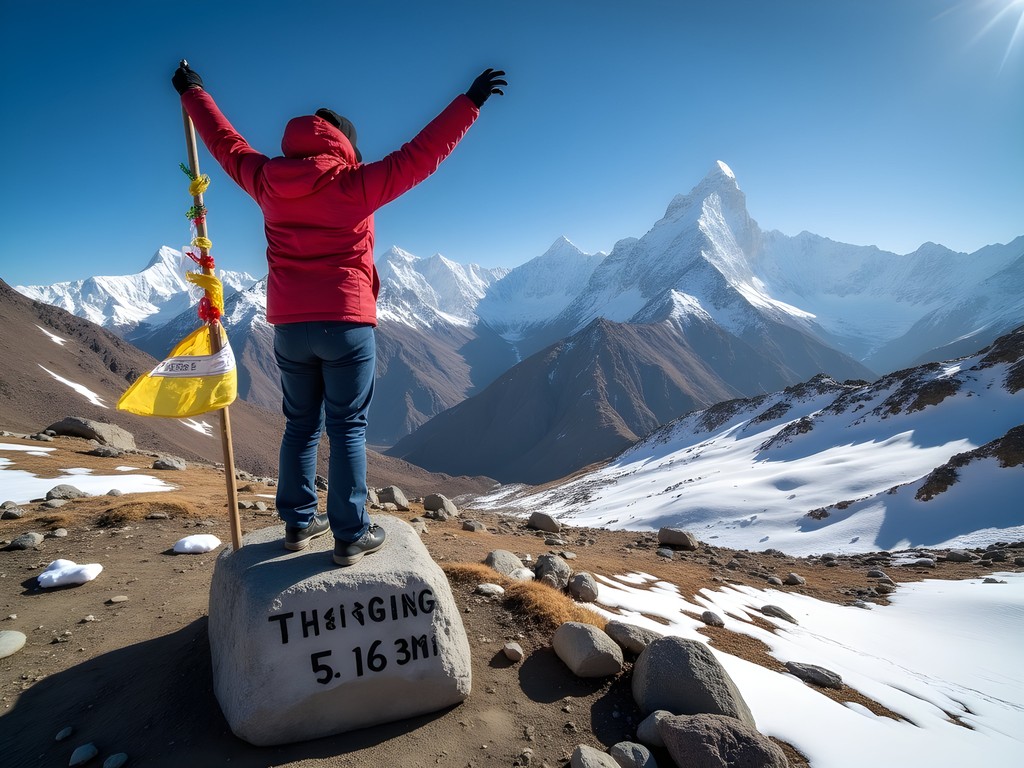
💡 Pro Tips
- Avoid alcohol completely above 3,000 meters as it worsens dehydration and impairs acclimatization
- Take Diamox (acetazolamide) only after consulting with a travel physician about proper dosage and potential side effects
- If symptoms of altitude sickness persist despite rest, descend immediately—no view is worth risking your health
Teahouse Trekking: Navigating Accommodation and Meals
The Annapurna Circuit's teahouse infrastructure offers a fascinating blend of traditional architecture and evolving amenities that reflect Nepal's response to tourism. Having experienced everything from basic lodges to more developed guesthouses, I can attest that understanding teahouse culture enhances both comfort and cultural immersion.
Teahouses typically offer simple twin rooms with shared bathrooms, though private facilities are increasingly available in larger villages. Prices remain remarkably affordable (200-500 NPR, or $2-5 USD per night), with an understanding that you'll dine at the establishment. This economic model sustains local communities while keeping accommodation costs low.
While basic, many teahouses now offer solar-powered charging stations for electronics. I relied on my solar power bank when power was unavailable, which proved essential for keeping my phone charged for photos and navigation. Its multiple ports allowed me to help fellow trekkers charge their devices as well—a small gesture that fostered community on the trail.
Teahouse menus follow a surprisingly consistent format throughout the circuit, with dal bhat (lentil soup with rice and vegetables) being the staple. This traditional meal offers unlimited refills—perfect for replenishing calories after strenuous hiking. From a health perspective, I appreciated that this plant-forward diet naturally supported energy needs while providing fiber that many trekkers need for digestive regularity at altitude.
At higher elevations, expect simpler menus and higher prices as all supplies must be carried up by porters or mules. In Thorong Phedi, I gladly paid premium prices for hot food, recognizing the tremendous effort required to operate a teahouse at 4,450 meters. Carrying a supply of protein bars provided reliable nutrition when options were limited or during long stretches between villages.
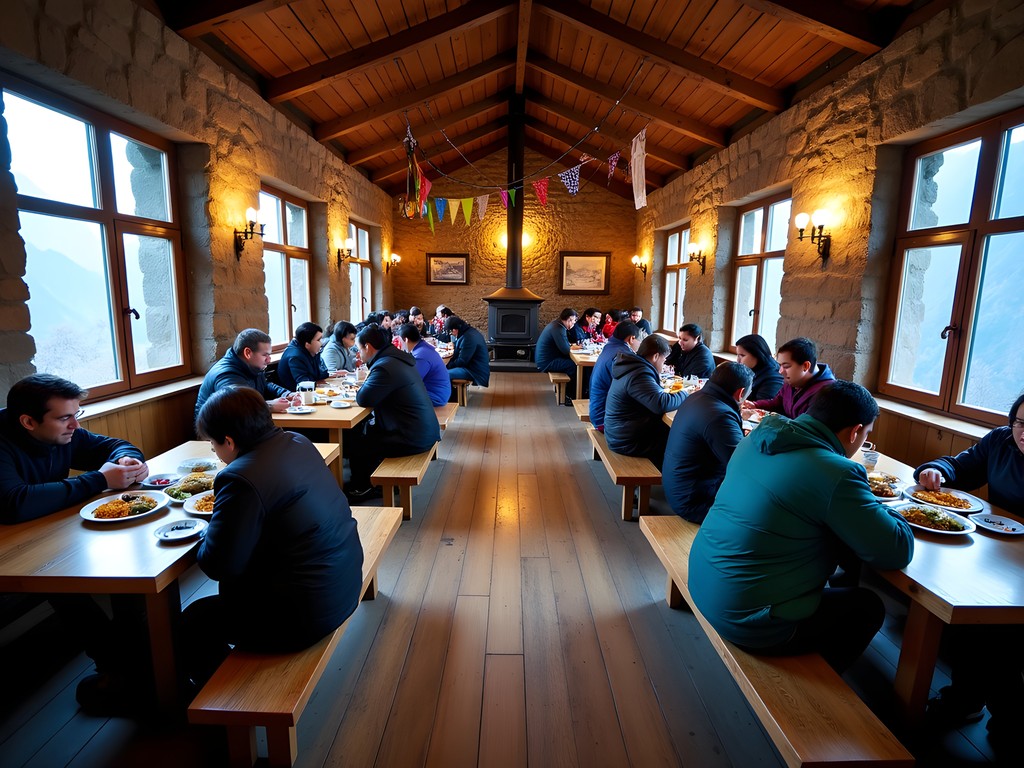
💡 Pro Tips
- Book teahouses early during peak season (October-November) as popular villages fill quickly
- Bring your own biodegradable soap and quick-dry towel as these aren't typically provided
- Order meals at least 2-3 hours before dinnertime to ensure availability, especially at higher elevations
Final Thoughts
As I descended from the Annapurna Circuit's high passes toward Jomsom, I carried more than photographs and memories—I carried a profound appreciation for the resilience of Himalayan communities and the delicate balance they maintain between tradition and modernity. The circuit offers far more than spectacular vistas; it provides a window into cultural practices that have sustained these communities for centuries, from sustainable agriculture to traditional medicine.
For those considering this trek, understand that its challenges extend beyond physical endurance to cultural sensitivity and environmental responsibility. The reward for this mindfulness is immeasurable: authentic connections with local communities, a deeper understanding of Himalayan heritage, and the personal transformation that comes from pushing beyond comfort zones.
Whether you're motivated by adventure, cultural exploration, or personal challenge, approach the Annapurna Circuit with respect, preparation, and openness. The mountains have stood for millennia; they have much to teach those willing to listen. As I've returned to my dental practice in Busan, I find myself applying lessons from the trail—patience, precision, and cultural awareness—to my daily work, proving that the journey continues long after the boots are unlaced.
✨ Key Takeaways
- Proper acclimatization is non-negotiable—build extra days into your itinerary
- Cultural respect enhances your experience and supports sustainable tourism
- Strategic packing for multiple climate zones requires careful planning
- The circuit's greatest value lies in cultural exchanges, not just scenic views
- Fall (October-November) offers optimal weather conditions and cultural festival opportunities
📋 Practical Information
Best Time to Visit
Mid-September to November (fall) or March to April (spring)
Budget Estimate
$25-35 USD per day including accommodation, meals and permits
Recommended Duration
14-18 days depending on acclimatization needs and side trips
Difficulty Level
Challenging















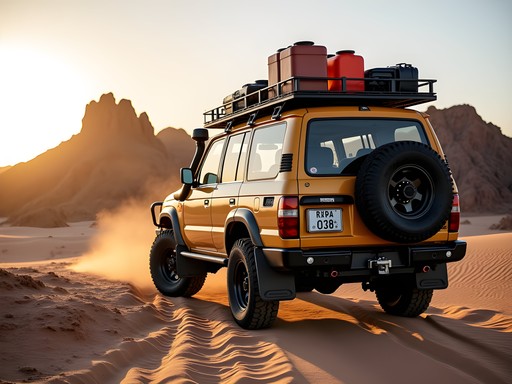
Comments
Frank Garcia
Really comprehensive guide, Jordan! I completed the circuit in April last year and would emphasize your point about microclimates. The temperature variations were shocking - from sweating in a t-shirt in the lower valleys to needing every layer I owned at Thorong La. I'd add that having a good sleeping bag is absolutely essential. I used my down sleeping bag which was perfect for the teahouse conditions. Also worth mentioning that the road construction has changed parts of the traditional route - worth checking recent trail updates before setting out.
greenone
How was the altitude for you? That's my biggest concern as someone planning their first high-altitude trek.
Frank Garcia
The key is taking it slow! I had mild headaches around 4000m but nothing serious because I followed the 'climb high, sleep low' rule and took an acclimatization day at Manang. Drinking tons of water helped too.
islandway
Those prayer flags at Thorong La Pass look incredible! Your photos brought back so many memories of my trek last year.
Frank Garcia
Right? The way they contrast against that stark landscape is just perfect for photography.
islandway
Absolutely! Did you make it to Tilicho Lake? That was my highlight.
coffeebackpacker
Thanks for this guide! I'm heading there next month and getting nervous about the altitude. Did anyone experience serious altitude sickness despite taking it slow? Also wondering if regular hiking boots are good enough or if I need to invest in proper trekking boots?
adventurenomad
I saw a few people with altitude issues who tried to rush. Just take an extra day in Manang and you'll be fine! As for boots, I used my regular waterproof hiking boots and they were perfect. No need for anything special unless you're going during winter.
coffeebackpacker
That's reassuring, thanks! I'll definitely plan for that extra day.
Casey Andersson
Brilliant guide, Jordan! I completed the circuit last year but took the luxury approach - private guide, porter, and booked the best rooms available in each tea house (though 'luxury' is relative at 4,000m!). For anyone worried about the infamous squat toilets, the circuit is modernizing quickly - many tea houses now have Western toilets, especially in larger villages. My favorite memory was watching the sunrise at Poon Hill - I used my mirrorless camera with a wide-angle lens to capture those incredible panoramas. The hot springs at Jhinu Danda after completing the trek were the perfect reward for tired muscles. Worth every penny for that soak with mountain views!
globewanderer
Great post! I'm curious about the acclimatization strategies you mentioned. Did you take Diamox or rely purely on the hiking schedule to acclimatize? I've heard mixed opinions.
Jordan Sullivan
I personally didn't use Diamox, just followed the 'climb high, sleep low' approach with a couple rest days in Manang. But I know many trekkers who carried it as a precaution. Always good to consult with a travel doctor before deciding!
waveseeker
Planning to do this next April! How much should I budget for the entire trek including permits and tea houses?
Sage Dixon
Not the author, but I did this trek last year. Budget around $25-30/day for tea houses and food, plus about $50 for permits (TIMS and ACAP). The higher you go, the more expensive things get - I paid $4 for a hot shower at 3,500m! Totally worth it though.
waveseeker
Thanks so much! That's actually less than I expected. Did you hire a guide or porter?
Sage Dixon
I went guide-free but hired a porter which was around $20/day. Best decision ever - let me focus on the experience rather than my heavy backpack!
adventurenomad
Just completed the circuit last month and your post brings back all the memories! That moment at Thorong La Pass is truly life-changing. One tip for others planning this trek - don't underestimate the temperature variations. I went from sweating in a t-shirt to needing my down jacket within hours. The tea houses in Manang were perfect for acclimatization days. Did you have any stomach issues during your trek? I found carrying electrolyte packets was a lifesaver when I got a bit of the dreaded trekker's tummy around Thorong Phedi.
Jordan Sullivan
Thanks for sharing your experience! I was lucky with my stomach, but you're right about those electrolyte packets - essential kit. The temperature swings are wild, aren't they? Did you enjoy the apple pie in Manang?
adventurenomad
The apple pie was incredible! Felt like such a luxury after days of dal bhat. Those little bakeries in Manang are pure magic.
Sage Dixon
Jordan, this guide brings back so many memories! When I trekked Annapurna last October, I found the cultural experiences to be the unexpected highlight. In Marpha, an elderly Thakali woman invited our small group in for tea and showed us traditional weaving techniques that have been passed down for generations. These moments of connection made the physical challenge worthwhile. For anyone planning this trek: don't rush through the villages just to complete the circuit. The locals have so much wisdom to share if you take the time to engage. And definitely learn a few basic Nepali phrases - the smiles you'll get are worth the effort! One practical tip: the temperature swings are wild. I'd recommend investing in quality merino wool base layers that you can wear multiple days without washing. Makes packing lighter while staying comfortable.
exploreblogger
Those prayer flags at Thorong La Pass are magical! Your photos took me right back there.
wanderlustmaster
Planning to do this trek next spring! How necessary is a guide? I'm considering going solo but worried about navigation and permits. Also, how much cash did you carry for the entire circuit?
photozone8715
I went without a guide and was fine with Maps.me offline maps. Just make sure to get your TIMS card and ACAP permit in Kathmandu before heading out. I brought about $500 for the 12-day trek and had plenty left over. ATMs in Jomsom if needed!
wanderlustmaster
That's super helpful, thanks! Did you carry a water filter or buy bottled water?
photozone8715
I used my water filter the whole way. Saved money and plastic waste. Tea houses have water available, just need to filter it.
Venture X
Premium card with 2X miles, $300 travel credit, Priority Pass